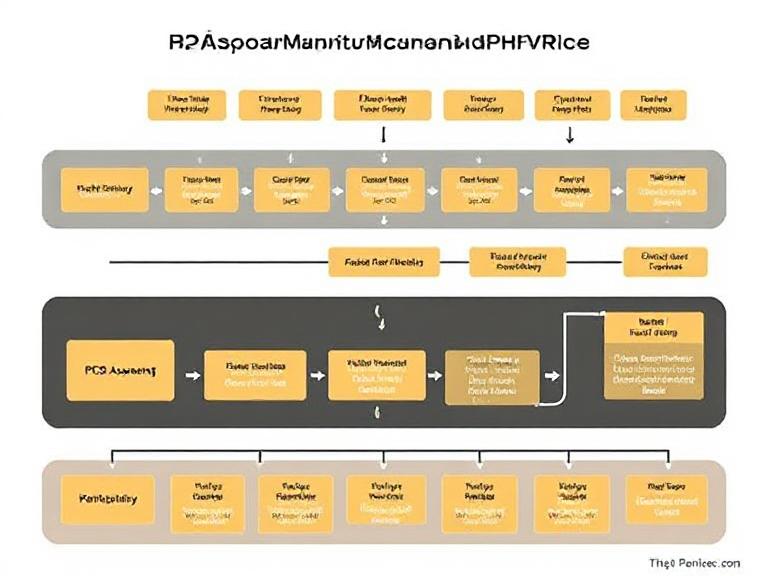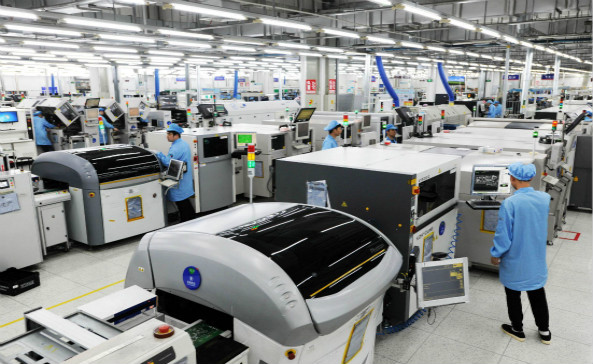PCB Assembly Manufacturing Process Flow Chart 2025
Table of Contents
- Introduction
- Why PCB Assembly Is Critical
- Overview of the PCB Assembly Process Flow
- Step 1: PCB Design & Layout
- Step 2: PCB Fabrication
- Step 3: Component Procurement
- Step 4: Solder Paste Printing
- Step 5: Pick and Place
- Step 6: Reflow Soldering
- Step 7: Inspection and Quality Control
- Step 8: Through-Hole Component Insertion
- Step 9: Wave Soldering
- Step 10: Final Assembly & Box Build
- Step 11: Functional Testing
- Step 12: Packing & Delivery
- Why Choose Wintech for PCB Assembly?
- Conclusion
- Summary Table
Introduction
In 2025, as electronics grow increasingly compact and complex, the PCB assembly (PCBA) process becomes more critical than ever. The accuracy, efficiency, and quality of this process directly impact product performance, reliability, and time to market. This article details the full PCB assembly manufacturing process flow chart for 2025 with insights into each step and how trusted partners like Wintech deliver superior outcomes.

Why PCB Assembly Is Critical
PCB assembly bridges the gap between design and reality. Without precise PCBA processes, even the most advanced electronic designs would fail due to:
- Poor signal integrity
- Component misalignment or defects
- Electromagnetic interference (EMI)
- Low mechanical durability
- Functional inconsistency
Overview of the PCB Assembly Process Flow
Below is a step-by-step breakdown of a modern PCB assembly process in 2025. The flow includes both surface-mount technology (SMT) and through-hole technology (THT), applicable to both low and high-volume production environments.
Step 1: PCB Design & Layout
The foundation of a successful assembly process begins with a precise PCB layout. At Wintech, we offer high-level, high-difficulty, and large-size PCB layout services using industry-leading CAD tools.
- Design rule checks (DRC)
- Signal and power integrity analysis
- High-speed design support
- Thermal management planning
Step 2: PCB Fabrication
Wintech’s in-house fabrication includes multilayer PCBs with high-precision tolerances. This step involves:
- Inner layer imaging and etching
- Lamination and drilling
- Plating through-holes and vias
- Solder mask and silkscreen application
Step 3: Component Procurement
Sourcing reliable and authentic components is crucial. Wintech manages BOM validation, vendor sourcing, and inventory tracking with a global network of suppliers.
- Quality-approved suppliers
- Counterfeit component screening
- Short lead time procurement
Step 4: Solder Paste Printing
Solder paste is applied to SMT pads using stainless-steel stencils. Key aspects include:
- Controlled temperature and humidity
- Stencil alignment and aperture size control
- Paste thickness verification
Step 5: Pick and Place
Automated pick-and-place machines position components with sub-millimeter accuracy. This step is tailored to both high-mix, low-volume and mass production projects at Wintech.
- Vision-guided alignment
- Placement rate: up to 80,000 CPH
- 0402 to BGA package support
Step 6: Reflow Soldering
The board passes through a reflow oven where solder paste melts and solidifies, bonding components. Wintech uses lead-free, RoHS-compliant processes with profile tuning.
- 12-zone reflow ovens
- Profile optimization for each assembly
- Temperature-controlled solder joints
Step 7: Inspection and Quality Control
Post-reflow, boards are inspected to detect misaligned or defective components using:
- AOI (Automated Optical Inspection)
- X-ray Inspection for BGA and QFN packages
- SPI (Solder Paste Inspection)
Step 8: Through-Hole Component Insertion
For PCBs with THT components, parts are manually or robotically inserted. At Wintech, experienced technicians handle this process for precision and speed.
Step 9: Wave Soldering
In THT assemblies, the board is passed over a wave of molten solder to fix components on the opposite side.
- Consistent solder joints for large-scale assemblies
- Flux application and preheating included
Step 10: Final Assembly & Box Build
PCBs are integrated into enclosures or subassemblies. Wintech’s turnkey box build solutions include:
- Enclosure installation
- Wiring and cable harnessing
- Labeling, packaging, and documentation
Step 11: Functional Testing
Functional testing verifies real-world performance. Depending on the complexity, we conduct:
- ICT (In-Circuit Test)
- Boundary scan
- Burn-in and stress testing
Step 12: Packing & Delivery
After passing QA, products are securely packed for global shipping. Wintech offers:
- Anti-static and ESD-safe packaging
- Custom foam inserts and labeling
- Fast, tracked international delivery
Why Choose Wintech for PCB Assembly?

Wintech is a trusted electronics manufacturing service (EMS) provider specializing in high-mix, low-to-mid volume projects with custom material integration. We offer:
- Complete turnkey solutions from design to box build
- Expertise in large, high-precision, and complex PCBs
- Dedicated to quality, speed, and customer satisfaction
- Partnerships with many of the world’s top 500 enterprises
Conclusion
The PCB assembly process in 2025 requires precision, technology, and experience. From the initial design to final testing and packaging, every step must be controlled and optimized. With a full turnkey model, Wintech leads the way in offering custom, scalable, and high-quality PCBA solutions for global clients.
Summary Table
| Step | Description | Technology Used |
|---|---|---|
| 1. PCB Layout | Designing circuitry and layers | CAD tools, simulation, DRC |
| 2. PCB Fabrication | Manufacturing bare PCB | Etching, lamination, drilling |
| 3. Component Procurement | Sourcing and verifying parts | BOM management, vendor screening |
| 4. Solder Paste Printing | Applying paste to pads | Stencil printer |
| 5. Pick and Place | Mounting SMT components | Automated placement machine |
| 6. Reflow Soldering | Bonding components via heat | Reflow oven |
| 7. Inspection | Checking assembly accuracy | AOI, X-ray, SPI |
| 8. THT Insertion | Adding through-hole components | Manual or robotic insertion |
| 9. Wave Soldering | Fixing THT with molten solder | Solder wave machine |
| 10. Box Build | Assembly into final product | Wiring, enclosure, packaging |
| 11. Functional Testing | Performance verification | ICT, boundary scan |
| 12. Packing & Shipping | Preparing for delivery | ESD-safe packaging, labeling |






